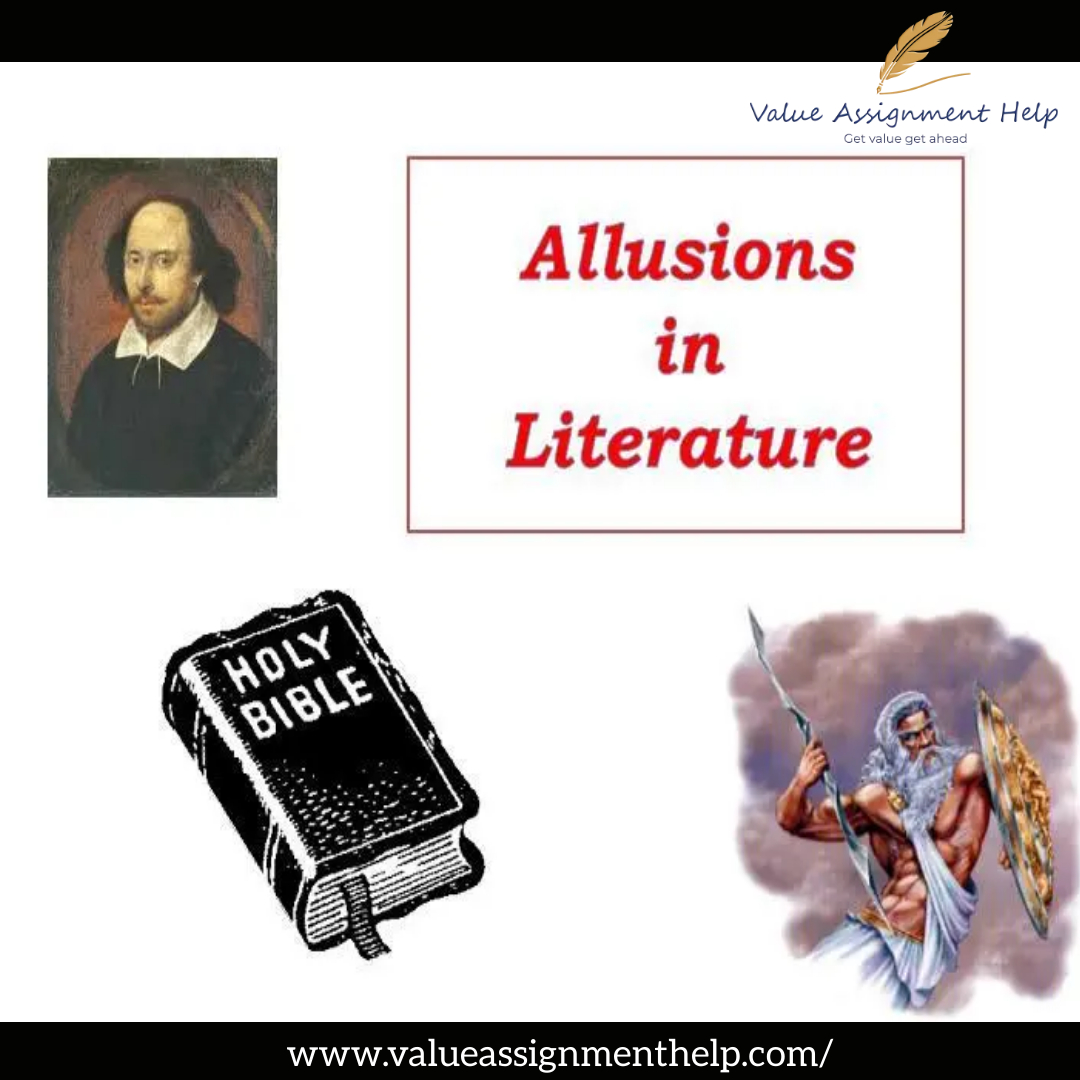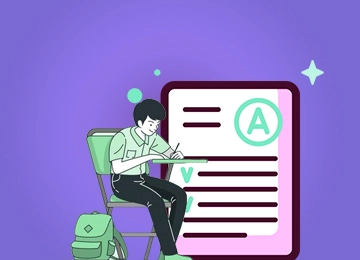
Search Assignments
Table of Contents
Our Experts

Search Assignments

Customers Reviews
Allusion might sound unfamiliar, but you've undoubtedly heard its use. Do you remember seeing movies where characters refer to personalities from other movies to make a point? Well, this is an illusion. Simply put, it is a figure of speech that directly refers to or represents famous people, places, names, myths or art within a limited piece of work. Allusion enhances the artistic effect and thus, helps the reader to understand the meaning and the thoughts related to them. Allusions are commonly found in literature, films, cartoon characters, prose and poems.
The article provides a detailed analysis of allusions and examples of how they can be imbibed in your article.

An allusion refers to another work of literature, art, or historical event. Allusions are often used in everyday life when we refer to something that may be unfamiliar to someone else.
Allusion can be implicit or explicit. Implicit allusions are when the author refers without mentioning it, while explicit allusions refer to a person, place or event by name.
An allusion is often regarded as a reference made by an author to something else.
Allusions can be found in prose, poetry and even film. In addition, various allusions range from biblical references to historical symbols.
Allusions are often used to create an emotional connection with the reader, who they know and love.
A single allusion refers to a concept already existing in the external text (whether a situation, person, character, or thing) that the author expects the reader to be able to relate to something in his works.
A self-allusion is similar to a single allusion but recalls something directly from the author's actions. It can be a sign of something that happened earlier in the text or a sign of another text by the same author.
A Conflict or multiple Allusion refers to several similar texts. The Allusion refers to a collection of pre-existing texts to 'fuse, subsume and renovate' (or, to put a new spin) the literary traditions that influenced the author.
Allusion acts like symbolism; they allow writers to express complex thoughts and feelings in more straightforward ways.
Because of this, alliances can play a big part in developing the themes and motifs or the more significant idea behind the story. Or, sometimes, they help develop imagination and vivid details.
Allusion can refer to something completely different from the act in which it occurs (external Allusion) or something earlier in writing (internal Allusion). Both types of cues help writers emphasise essential information without taking tangents.
In addition, the Allusion can help provide a simple way to depict complex thoughts or human emotions. Rather than creating a new context, metaphor, or even allegory, it allows the author to use something existing to conceptualise the idea. Doing so can distract from the main point or suppress ideas, so prompting provides a way to add context without immediately straying away from the relevant.
It is almost a language in itself that authors use for a variety of reasons, including:
Here are some common examples of allusions in everyday speech, as well as the source material they refer to:
The Bible is another frequently referenced source for writers using allusions as a literary device. Here are some famous examples of biblical allusions:
Allusion has many practical applications. Whether you're writing a novel or an editorial news article, there are many benefits to using this literary style in your writing!
Here are some reasons you might want to use pointers in your writing:
1. Strong Connection with Your Audience: When your audience can capture the context you make, they automatically have a greater understanding of you as an author, your characters, and even an entire community or culture will feel connected.
2. It Builds Authority and Trust: When you mention something indirectly about a topic or industry, it can show your audience that you are knowledgeable and experienced. Being able to suggest different contexts shows familiarity with a subject.
3. Works for a Variety of Writing Styles: This literary device can be used for almost any writing style. When writing a news opinion piece, prompting can help engage your readers for a more significant cause. If you're writing a descriptive essay, using hints can help your readers see the scene. Allusion can work great for comedy, too—many comedic pieces rely on subtle suggestions for the audience to notice.




No Comments